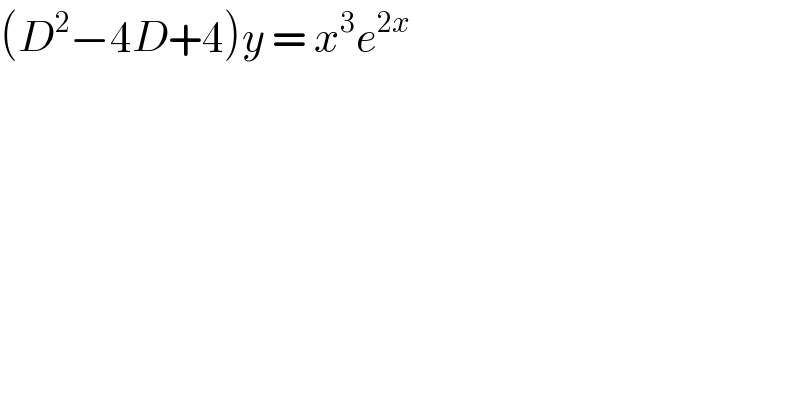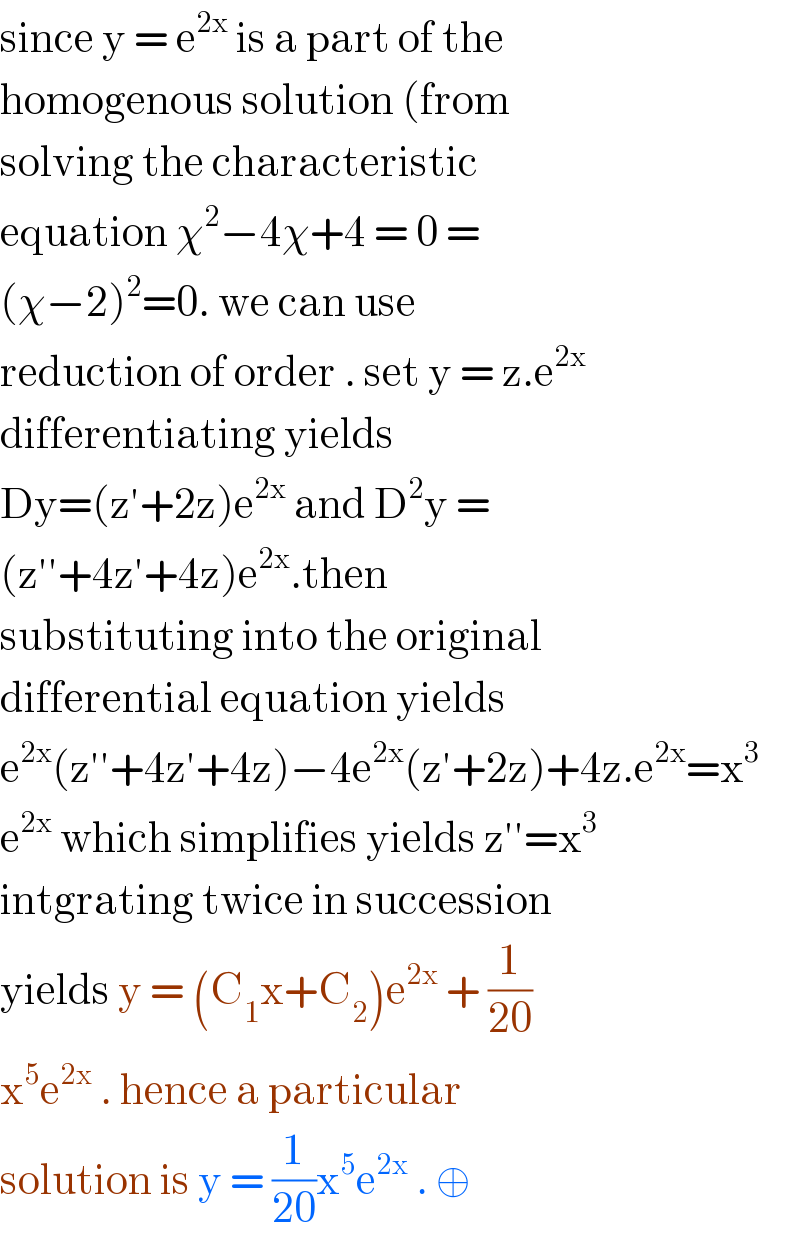
Question and Answers Forum
Previous in Differential Equation Next in Differential Equation
Question Number 103009 by bobhans last updated on 12/Jul/20

Answered by bramlex last updated on 12/Jul/20

Commented by bobhans last updated on 12/Jul/20

Answered by mathmax by abdo last updated on 12/Jul/20

Commented by bemath last updated on 12/Jul/20

Commented by mathmax by abdo last updated on 13/Jul/20

